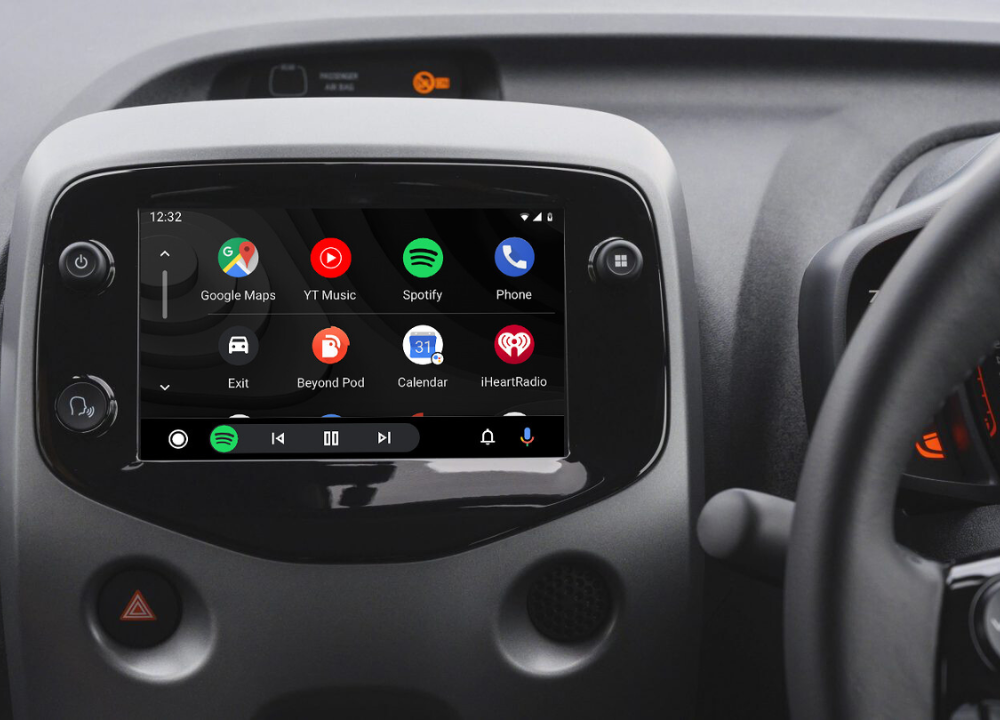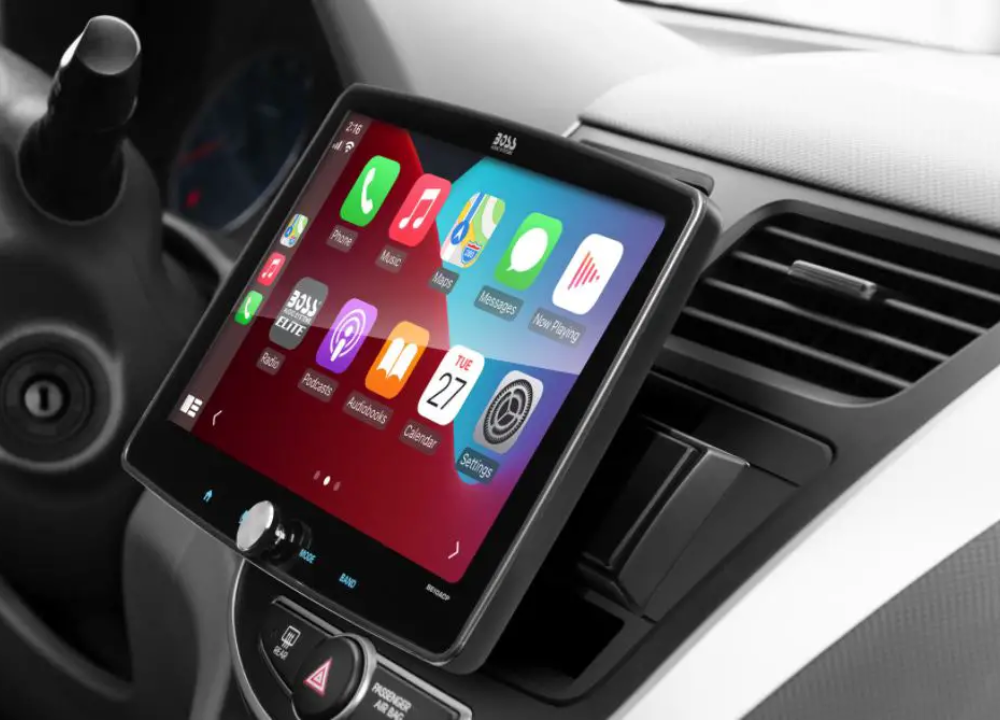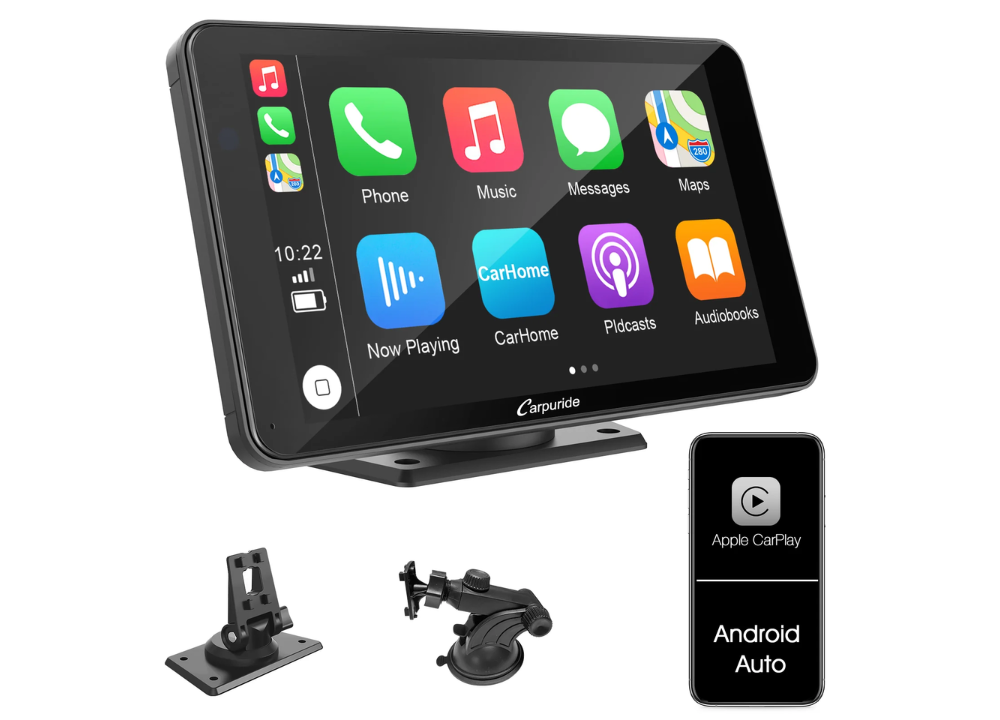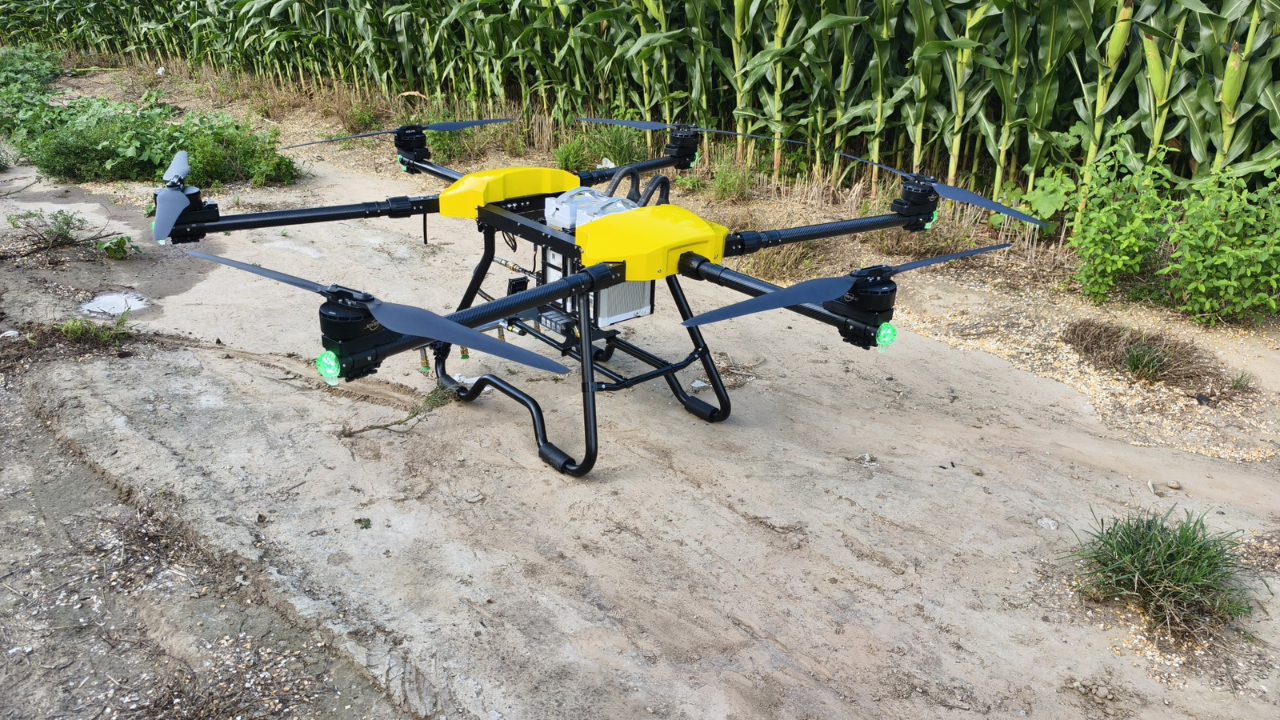Find out the top Android Auto stereo in 2025 to change the infotainment system of your car? You’re in the right place. This guide dissects the most sophisticated features, considerations, and favorites that bring together wireless Android Auto, touchscreen interfaces, and Bluetooth links to have an uninterrupted drive. You can get a head unit that fits just about any car: whether it is an upgrade of your daily ride or you are building a show car, let us find what you are looking.
Why Choose an Android Auto Stereo in 2025?

The in-car infotainment landscape is rapidly evolving. Many automakers are embedding their proprietary systems or moving toward full Android OS dashboards. Still, for older or middle-aged vehicles, installing a modern Android Auto stereo remains the most cost-effective, powerful upgrade.
- Smartphone-first experience: Android Auto Stereo projects your phone’s navigation, music, messages, and voice commands to the car’s display.
- Wireless capability: Many of the 2025 units support wireless Android Auto, meaning no more USB cable fuss.
- Modern UI and performance: Newer chips, better RAM, and smoother software make these head units feel more like tablets than dated car radios.
- Modular & upgradeable: Add backup cameras, parking sensors, DSPs (digital signal processors), and integrate with car-specific wiring harnesses.
In 2025, simply having Android Auto isn’t enough; how well it works, how stable it is, and how modern the display feels really matter. E-E-A-T (Expertise, Experience, Authoritativeness, Trust) should be reflected in the hardware choices and after-sales support.
Core Features to Look For

Wireless vs Wired Android Auto
- Wired Android Auto is robust and reliable, but forces a cable connection every time you get in.
- Wireless Android Auto is now mainstream in many 2025 models; it gives seamless connectivity, though it demands more from the internal hardware (Wi-Fi chip, signal quality).
- Make sure the unit supports the latest Android Auto version and firmware updates.
- Some units toggle between wired and wireless depending on the phone or cable.
Display Quality & Touch Responsiveness
- Go for IPS or QLED panels over cheaper TN panels for better viewing angles and color reproduction.
- Resolution: At least 1280×720 (720p) is a good baseline; many premium units now go 2K or higher.
- Bonus: Some units have tiltable or floating/tower displays for better ergonomics (seen in Eonon UX6K-Pro-Max)
- Touch latency, palm rejection, and responsiveness matter in daily use.
Bluetooth & Audio Connectivity
- Dual Bluetooth (for phone and media) is preferred.
- Look for support of higher-quality codecs (e.g., aptX, AAC, LDAC) if your phone supports them.
- Use of external preouts (4/5V) for amplifiers or subwoofers is crucial for audiophiles.
- Some units include internal amplifiers or DSP (digital signal processing) for equalization, crossovers, etc.
Hardware Specs (CPU, RAM, Storage)
- In 2025, many head units will run Android 11, Android 12, or even Android 13.
- Look for octa-core processors (e.g., UIS7862, UIS8581), which are commonly used in modern units.
- RAM: A minimum of 4 GB is recommended; 6 GB or more is preferred for smoother multitasking.
- Storage: 64 GB is a common sweet spot; more gives room for map data, apps, etc.
- Good thermal management and build quality (metal chassis, cooling) are essential to avoid overheating.
Expandability (Cameras, DSP, Inputs)
- Backup camera input (or multiple camera inputs) for reversing, front view, etc.
- DSP or equalizer support to tune audio precisely.
- USB, AUX, SD card, and HDMI input: good for flexibility.
- Steering wheel control integration and support for OBD-II or CAN buses to retain factory controls.
- OTA (over the air) firmware updates or easy updates via USB.
Trends in 2025 for Car Head Units
As of 2025:
- Floating/tablet-style displays are becoming more popular, especially in cars with limited dash space.
- Android native head units (full Android OS dashboards) are rising, but Android Auto head units still have wide aftermarket relevance.
- Emphasis on UX & speed: no lag in switching apps or returning to the home screen.
- Long-term firmware support is now a differentiator; some brands promise multi-year software updates.
- Integration with car systems: climate control overlays, OEM themes, and custom UI skins.
Top Picks: Best Android Auto Head Units 2025
Here are some standout models that combine wireless Android Auto, excellent display, and audio capability.
Sony XAV-AX4050
- A solid mid-tier choice frequently praised in reviews, including by T3 as a current top pick, thanks to its wireless Android Auto support.
- Features a crisp 7-inch capacitive touchscreen, smooth UI, and good Bluetooth performance.
- Preamp outputs and the ability to integrate external amplifiers make it good for audio upgrades.
- Sony’s brand, reliability, and ecosystem support give confidence in longevity.
Pioneer DMH-W3050NEX
- A feature-rich double-DIN unit with wireless Android Auto & Apple CarPlay.
- Strong audio DSP, multiple input options, and renowned Pioneer support make this a heavy contender.
- The large screen and robust software make it ideal for power users who want full control of their car’s audio.
ATOTO S8 (or S8G variant)
- The ATOTO line (especially the S8/S8G variants) often gets mentioned in top Android car stereo lists (e.g.,
- They often balance cost vs. performance very well, with support for wireless Android Auto and solid community support.
- Great option if you want a feature-rich unit without paying a premium brand markup.
Alpine iLX-W670
- Alpine is known for premium audio support and clean integration.
- This model is often praised for its compact design and clean look, making it a favorite for custom installs.
- Good support in the aftermarket scene for firmware and accessories.
Eonon UX6K-Pro-Max
- A flagship-style option with a tiltable, floating display.
- Designed for both looks and functionality, physical buttons, a knob, and a premium screen experience.
- Good for users who want their head unit to feel like part of the car, not just an add-on.
Bonus/Budget & Niche Picks
- BOSS Audio: a more budget-friendly option with wireless Android Auto features.
- Joying rotating display units: for users who want a tablet-like experience or dynamic layout support.
- Single-DIN retrofit units for vehicles with tight front panel space (less common now but still used in older cars).
Troubleshooting Common Issues
| Problem | Possible Cause | Solution |
| The phone doesn’t connect wirelessly | Incompatible Wi-Fi/Bluetooth or buggy firmware | Update firmware; try wired first to establish pairing |
| Touch input lags | Insufficient RAM or overheating | Close background apps; ensure proper cooling |
| No reverse camera display | Wrong input or wiring | Check camera harness and input settings |
| Steering wheel controls are not working | No CAN adapter or incorrect wiring | Use the correct adapter or remap the buttons |
| Audio distortion at high volume | Clipping or poor pre-outs | Lower gain, check wiring, use better cables |
Conclusion
Android Auto stereo in 2025 means balancing performance, usability, and compatibility. The top units deliver wireless connectivity, responsive touch experiences, and expandable audio features. Whether you opt for Sony’s reliability, Pioneer’s feature-rich options, or high-end floating units like the Eonon UX6K-Pro-Max, you’re upgrading your car into a smart, modern hub.
Be mindful of your car’s dashboard space, wiring, and your audio goals. With the right pick, your infotainment system will feel smooth, integrated, and future-ready.
Let me know your car model and budget if you’d like a custom recommendation or help narrowing the list!
FAQs
Q1: Do all Android phones support wireless Android Auto?
No wireless Android Auto requires both the phone and the head unit to support it. Some phones only support wired mode. Always check your phone’s compatibility.
Q2: Can I revert to wired Android Auto if wireless fails?
Yes. Most head units support both wireless and wired modes. If the wireless connectivity is unstable, plug in with USB for guaranteed performance.
Q3: Is wireless Android Auto more resource-intensive?
Yes, wireless use requires stronger Wi-Fi and Bluetooth hardware, increased power consumption, and more heat. That’s why quality chips and thermal design matter.
Q4: Will installing a new head unit void my car warranty?
Usually not, especially if you use harness adapters and do not modify structural components. But check your vehicle’s warranty terms to be safe.
Q5: How often should I update firmware or software?
Check for firmware updates whenever the manufacturer releases them, ideally every few months or whenever compatibility issues emerge with Android Auto or new phone OS versions.


